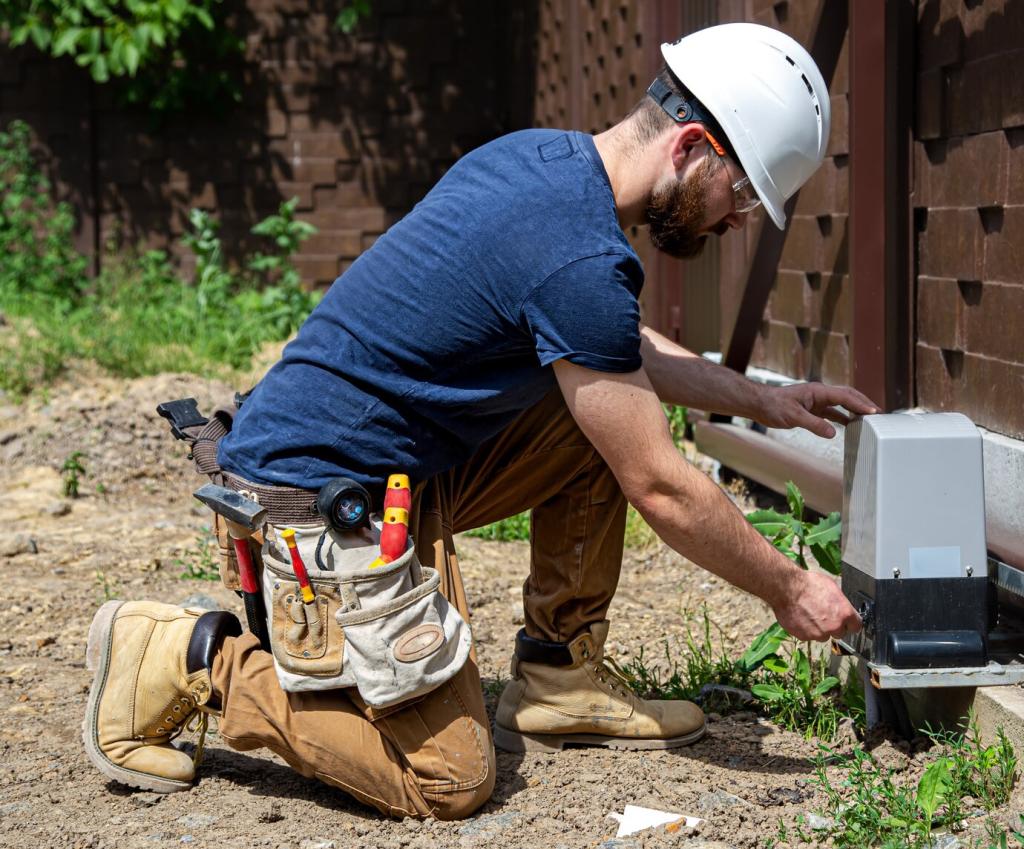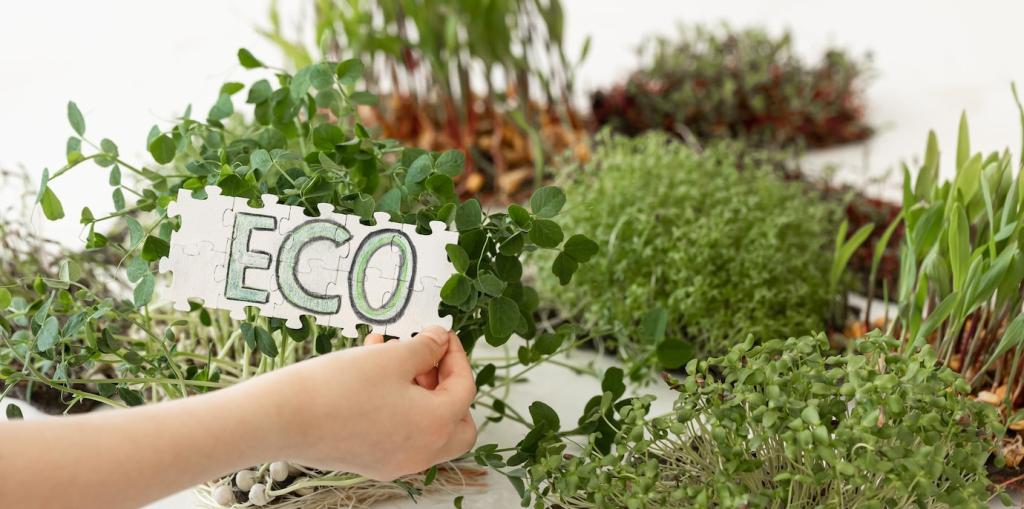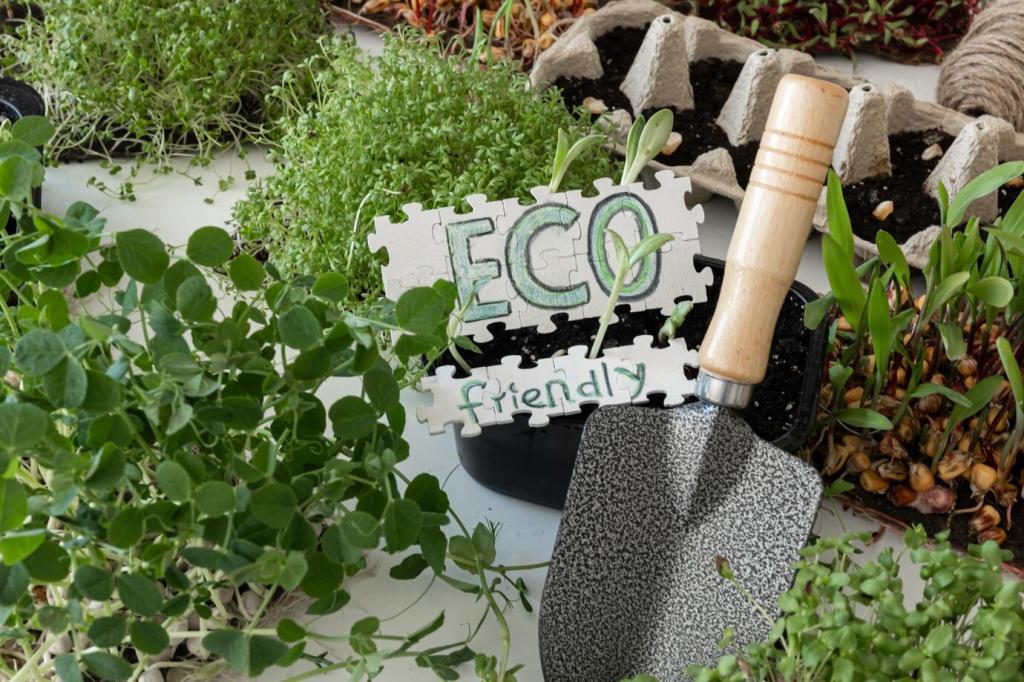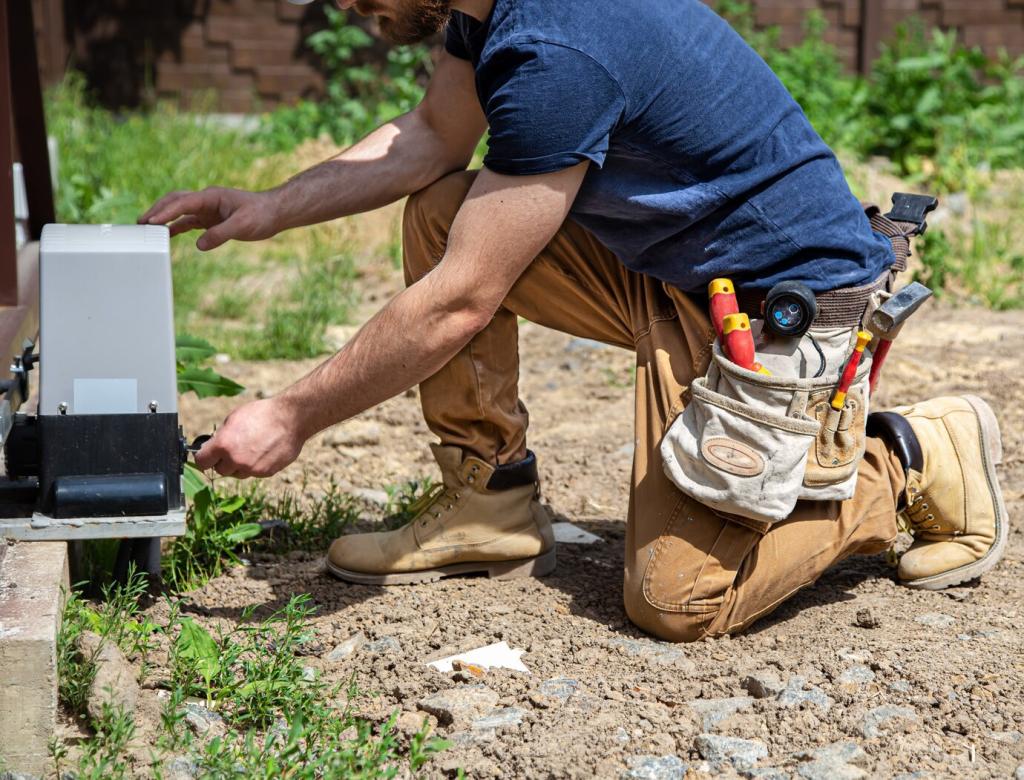
Preserving the Longevity of Eco-Friendly Furniture
Chosen theme: Preserving the Longevity of Eco-Friendly Furniture. Welcome to our warm, practical guide to helping your sustainable pieces age gracefully, gather stories, and remain beautiful for generations. Join the conversation, ask questions, and subscribe for gentle, planet-first care routines that truly work.
Each eco-friendly material ages differently. Solid FSC-certified wood likes stable humidity, bamboo resists swelling but still needs gentle cleaning, and reclaimed timber tells stories through patina. Learn your piece’s needs to maintain character while avoiding splits, warps, and unnecessary wear for long-term longevity.

Daily Habits That Protect Eco-Friendly Pieces for Years
Use a soft, dry microfiber cloth weekly to lift abrasive particles that scratch finishes. Work with the grain and avoid wetting wood unnecessarily. This easy ritual keeps surfaces silky, reduces cleaning intensity later, and helps eco-friendly finishes retain their sheen with minimal environmental impact and long-term durability.


Refinishing and Repair the Planet-Friendly Way
For shallow scratches, rub in a matching plant-based repair wax or a touch of walnut oil, buffing gently with the grain. For deeper dents, try a damp cloth and warm iron to steam fibers back. These low-impact techniques restore beauty while preserving lifespan and minimizing material replacement needs.
Refinishing and Repair the Planet-Friendly Way
Periodic maintenance with low-VOC oils or natural waxes replenishes protection and luster. Clean, lightly abrade if needed with fine paper, then apply thin coats. Let each layer cure fully. This routine strengthens surfaces, resists spills, and keeps eco-friendly furniture aging gracefully with repairable, renewable protective finishes.
Control Environment: Light, Humidity, and Temperature
Ultraviolet light fades color and weakens fibers. Rotate pieces seasonally, draw sheer curtains midday, and use UV-filtering films near southern windows. These steps protect finishes and textiles while keeping spaces bright. Balanced light maintains the natural beauty and longevity of eco-friendly furniture across changing seasons and years.

Control Environment: Light, Humidity, and Temperature
Aim for roughly 40–55% relative humidity. Too low dries wood and cracks joints; too high swells panels and invites mildew. A small humidifier or dehumidifier, plus gentle air movement, stabilizes conditions. Consistency is everything when preserving the long-term structural integrity of eco-friendly wood furniture at home.

Mindful Use: How Daily Choices Add Decades
Dragging stresses legs and joints, especially on rugs. Recruit a helper, clear pathways, and lift from the strongest points. Use sliders for solo moves. This mindful habit prevents racking, wobble, and glue failure, which are common reasons eco-friendly furniture loses longevity long before materials actually wear out.
Seasonal Checkups That Keep Sustainability Strong
After winter dryness, dust thoroughly, tighten hardware, and rehydrate thirsty finishes with a thin coat of natural oil where appropriate. Inspect sun-facing sides for fade, rotate if needed, and document any issues. Share your routine in the comments to inspire other caretakers preserving eco-friendly furniture across climates.
Seasonal Checkups That Keep Sustainability Strong
Check for sticky drawers, swollen doors, and softening glue lines. Increase airflow, adjust dehumidifiers, and refresh UV protections. Lift planters, wipe condensation rings quickly, and rotate textiles. These seasonal tweaks keep eco-friendly furniture balanced and beautiful, defending longevity through the year’s most demanding environmental fluctuations.
Repair Stories and Community Wisdom
A Saved Sideboard
One reader revived a sun-faded oak sideboard with patient cleaning, gentle sanding, and two whisper-thin coats of plant-based oil. The grain glowed again, and the piece stayed in service rather than being replaced. Share your before-and-after moments to encourage others preserving the longevity of eco-friendly furniture.
The Chair That Outlived Trends
A mid-century chair, rescued from a curb, got new webbing, a low-VOC finish, and undyed linen covers. Twenty years later, it still anchors family gatherings. Durable build plus mindful maintenance beats fast furniture every time. Post your heirloom-in-the-making so we can celebrate and learn practical tips together.
Neighborhood Fix-It Culture
Local repair cafés and maker spaces help novices re-glue joints, replace cane, or reattach veneer. These events keep materials in circulation and skills alive. Join our mailing list to hear about workshops and share local resources that make preserving eco-friendly furniture a joyful, community-powered habit for everyone.

